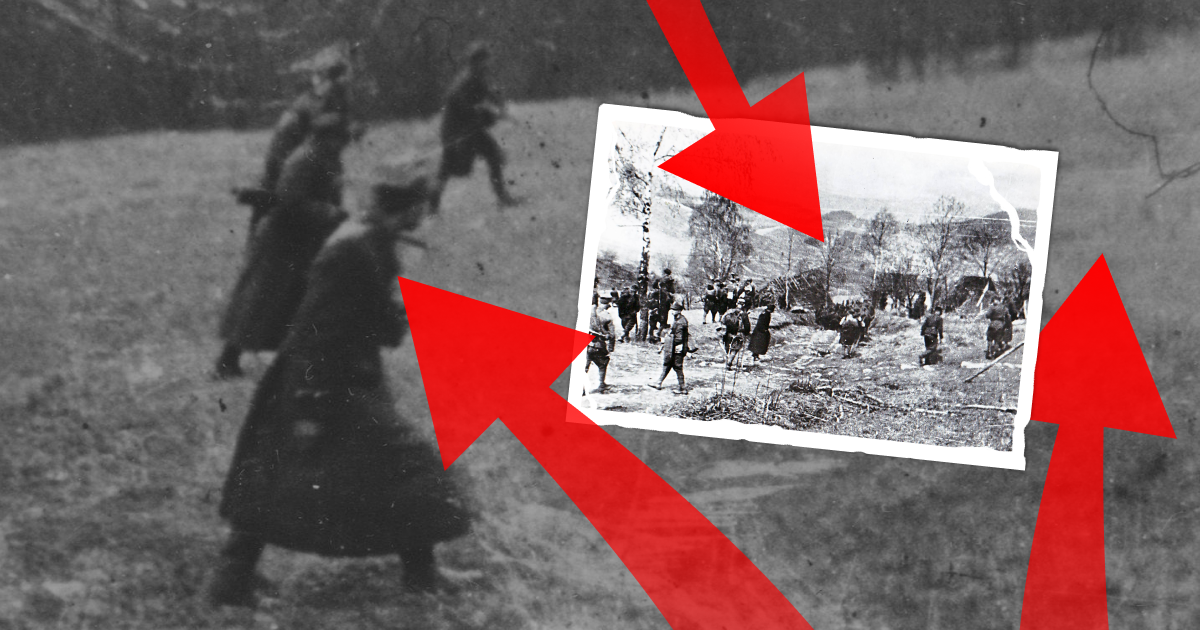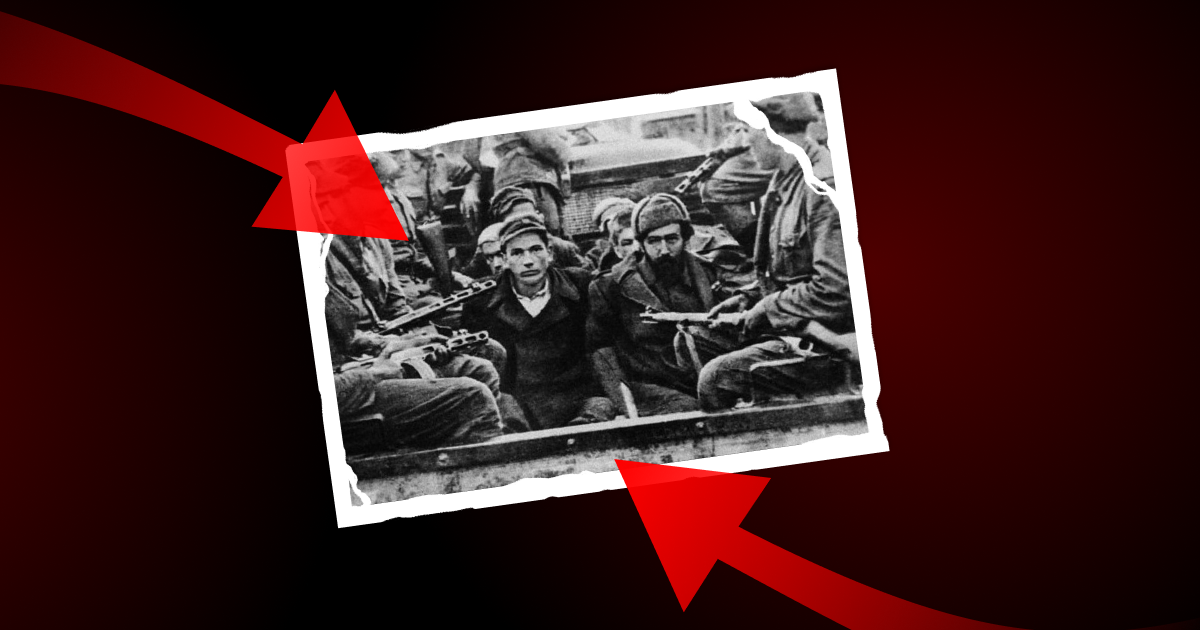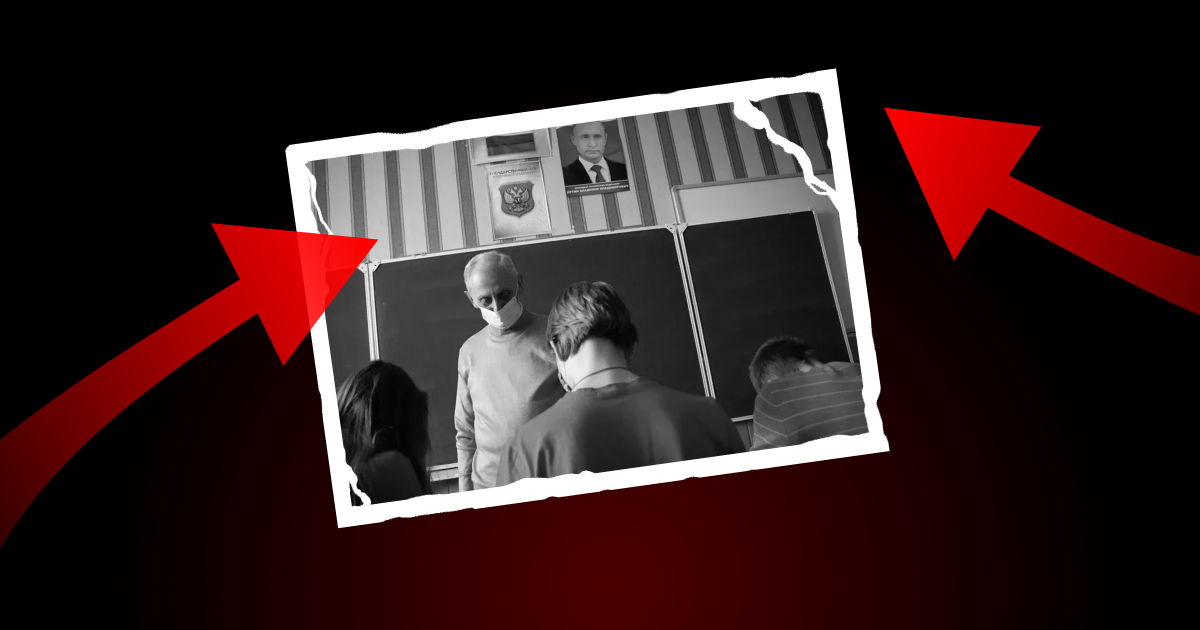Operation Vistula Anniversary: The Return of Mass Deportations

Cecilienhof Palace near Berlin. A large hall. A round table three meters in diameter. Joseph Stalin said, "There is not a single German left between the Oder and the Neisse rivers." Then he said, "Therefore, there are only minimal practical obstacles to handing over these German territories to Poland."
UK Prime Minister Winston Churchill tried to oppose this position, drawing attention to the immorality of mass forced population transfers. But the very next day, Churchill was forced to return home. He did not return to the palace again, having lost the election and his post.
This was the Potsdam Conference, which, following the results of World War II, decided the fate of not only the European continent but the entire world. Stalin lied — there were Germans between the Oder and the Neisse rivers. As a result of the conference, three million Germans were deported from there.
During the discussion with Churchill, Stalin revealed his true logic: it is better to offend the Germans than the Poles. This approach, based on fictitious "facts," is characteristic of most Soviet deportations — not only of Germans and not only in the postwar period.
To deport three million people means to significantly imbalance the economy of the areas where they lived, Pomerania and Silesia. And this same economy needs to be restored somehow after World War II. They came up with a solution.

From the Ukrainian-Polish frontier to the German one
"Polish soldiers surrounded the village and gave a deadline till the following evening for no Ukrainians to be left in the village. We put everything we could on a wagon and gave away the rest," recalled Volodymyr, a witness to these events.
"We were placed in ruined houses (ransacked and demolished by "gospodarze" from across the Buh river), without doors, windows, and floors, with crumbling stoves and holes in the roofs. We were greeted by swarms of mosquitoes, which bit us like crazy. On my mother's advice, I gathered some garbage and set it on fire, which helped because mosquitoes do not like smoke," recalled Teodor Kuziak from the Lemko village of Bortne.
This is the Vistula deportation operation, the first phase of which began 76 years ago on April 28, 1947. Over the next six months, up to 150,000 people from Ukrainian and mixed Ukrainian-Polish families were deported from the Lemkivshchyna, Nadsiannia, Kholmshchyna (Chełm Land), and Pidliashshia (Podlasie). They were moved mostly to the newly annexed Polish territories from which Germans were deported the year before. For example, two thousand families were transferred to then Szczecin Voivodeship (now part of the West Pomeranian (zachodniopomorskie) Voivodeship — ed.), which is washed by the Baltic Sea to the north and borders Germany to the west.
The idea of deportation and its implementation belonged to the Polish Communists. Soviet and Czechoslovak troops blocked the border with the territories from which people were being deported. The deportations to the west took place also because the Kremlin refused to accept the deportees, citing a shortage of housing.
In the 1989 Polish Sejm elections, democratic forces won, and in 1990 the Polish parliament condemned the operation. However, Polish communists imitated Stalin's actions at the Potsdam Conference. They invented a collective accusation against Ukrainian communities that allegedly helped the Ukrainian Insurgent Army.
In some places, those who had served in the Red Army or collaborated with the communist government were also deported. This is in line with the principles used in the deportation of Qırımlılar in 1944.

Multistage displacement
Operation Vistula was just one of many operations to relocate the Ukrainian population from Poland, albeit the most violent.
Such operations began in 1944 and lasted until at least 1951. They started as relatively voluntary resettlements, particularly to the Ukrainian SSR. For example, in 1944-1945, about 10,000 Ukrainians left the Hrubieszów County for the Ukrainian SSR, according to historians from the Chernivtsi National University. This was due to the fear of attacks by Polish partisans.
However, in 1945, applications for voluntary resettlement almost stopped coming, so administrative pressure began to increase. In 1945-1946, deportations to the Ukrainian SSR, took place in accordance with the Soviet-Polish basic agreement on relations of 1945. At the end of 1946, the Soviet side officially stopped accepting displaced persons. So Operation Vistula was the final act of this process.
Why is it important to understand the phenomenon of population displacement in a comprehensive manner, not episodically?
Russia reports to the UN that since the beginning of the full-scale invasion, about three million Ukrainian citizens as if have found themselves on its territory.
This is an overestimation: before the invasion, Ukraine had a population of about 41 million people, excluding Crimea. About 5 million Ukrainian citizens were granted temporary shelter in European countries. According to the latest UN estimate, 36 million Ukrainians currently live in Ukraine. There were 41 million, decreased by 5 million, and now there are 36 million. Russian data does not fit into this formula.

History must be history
One way or another, many Ukrainian citizens have entered the territory of Russia. Some did so of their own free will, others because of the threat to their lives and the desire to survive, or because there was no other way out of the occupied territories. This is fully consistent with the dynamics on the territory of Poland in 1944-1945.
The experience of a full-scale invasion demonstrated that even under the most difficult conditions, people sometimes refuse to leave their homes. This was the case in 1947 as well. Even today, Russians can resort to forced mass deportation of the entire population of the temporarily occupied territory.
To replace the deportees, the Kremlin can move the population from the peripheral regions of the Russian Federation. It is not difficult to motivate them. This is how a teacher from the Perm Krai who went to the temporarily occupied part of the Zaporizhzhia region explains his actions: "My wife and I may be given a plot of land. My wife wants a garden near the house," and "I have a personal dislike for Ukraine." A teacher from Siberia who arrived in the temporarily occupied Crimea and then Melitopol sought to get "housing and a decent salary."
The history of tragic Polish-Ukrainian relations is gradually ceasing to be a source of conflict. For example, in November 2022, Ukraine granted Poland permission to search for the graves of Poles killed in the village of Puzhnyky in the Ivano-Frankivsk region in February 1945. It is not scary to admit events of the past. It is scary to see what is supposedly in the past become part of modern life. Only the Ukrainian army can stop this.


